Congratulations! You’ve bought a new home and are getting ready for the big move. There’s a lot to be excited about, and a bit of work ahead too. After buying a house, there are a number of things to do – both inside and outside of your home – that will help you settle in faster and start enjoying your home sooner.
Here are ten things to do after buying a house.
Inside the home
1. Change the locks |
1. Change the locksChanging the locks on your home’s entry doors is one of the first things you should take care of after you buy a house and move. While you may not be concerned about the previous owner, you never know who else might have a key – neighbours, family, contractors or cleaners may all have a copy! Even if you buy a house that’s a new build, changing your locks is important, as various workers may have held keys as they were finishing up the inside of your home. While changing locks is a relatively simple DIY project, you can also hire a professional locksmith who can take care of this for you while you’re busy unpacking. They may also be able to recommend the most secure systems and access devices that match your finishings. Tip: Don’t forget the garage door code! The garage door is often considered a weak point in your home’s overall security, largely because it is an afterthought. If the previous owners didn’t leave instructions on how to change the code, a simple online search should lead you to the manufacturer’s manual that can give you step-by-step instructions. |
2. Change the filters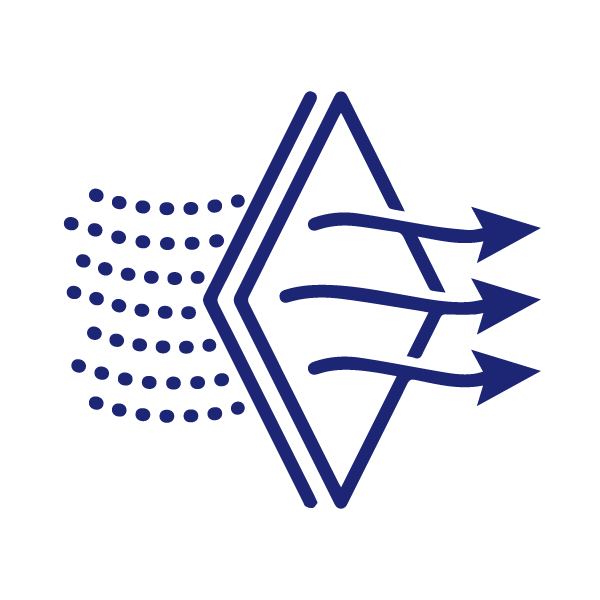 |
2. Change the filtersSome homeowners are more diligent than others when it comes to maintaining their home systems – and you may not know when the filters were last replaced. When you move in, make a point of changing your furnace, water and air filters, so you can feel confident you’re consuming clean air and water. |
3. Do a deep clean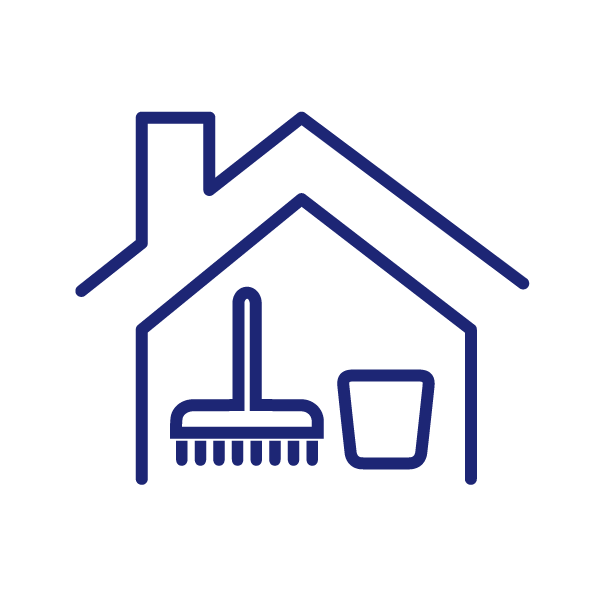 |
3. Do a deep cleanThe previous owners may have left the home clean and tidy, but it’s worth taking on a deep clean yourself. This should include everything from light fixtures and ceiling fans (which can accumulate dust that’s hard to spot), countertops, floors, cabinets, appliances and bathrooms. Depending on the size of your home, this can be a pretty significant job – it might be worth reaching out to a cleaning company that specializes in move in/ move out cleaning to get an estimate for your space. You may also want to consider treating for pests before you move in. After all, it will be easier to spot any pests and clean up any treatment residue before you bring your furniture in. |
4. Check your safety devices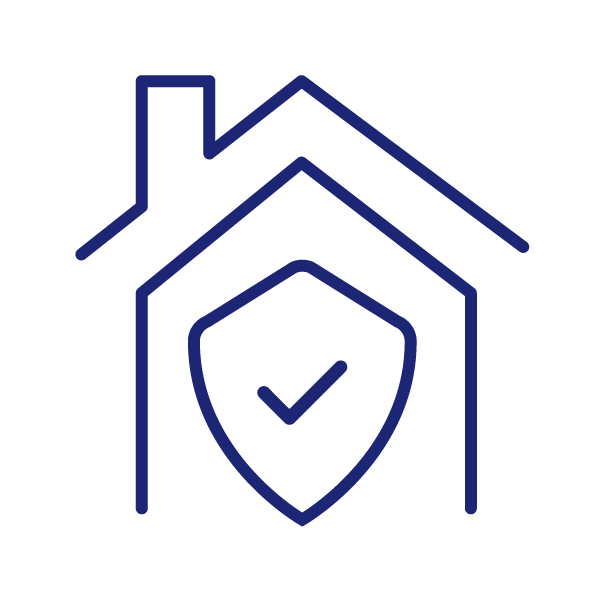 |
4. Check your safety devicesDid you know? The lifespan of a smoke detector is five to ten years. Even if the previous owners were diligent about changing the batteries regularly, it may be time for new devices – this includes smoke alarms and carbon monoxide detectors. It’s a good idea to visit a hardware store and see if you can replace them with the same model to make reinstallation simple and straightforward. |
5. Make your home smarter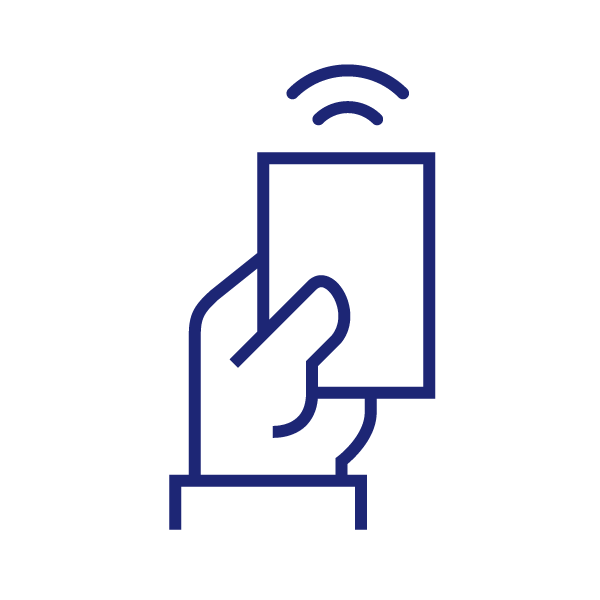 |
5. Make your home smarterBuying a house is a great opportunity to update your smart home systems and get your home running smoothly. A smart home security system is a great place to start, as it can provide real-time alerts, smoke detection, motion detection and video surveillance – all from a wireless system you can access from your smartphone. Installing smart locks, lights and appliances can also boost your home’s security and efficiency, while a smart thermostat can improve your home’s energy consumption – and protect it from damage should you be away from home during a deep freeze. |
Outside the home
6. Update your address |
6. Update your addressIt’s a good idea to start updating your address 2-4 weeks before you move. If you have the lead time, it’s worth taking note of the mail you receive and contacting the sender to provide your new address. Here are some of the more common contacts you’ll want to communicate your new address to:
You’ll also need to ensure your identification is updated – such as your driver’s license and health card. In some cases, you can make this change online, otherwise you’ll need to visit your provincial services centre to make the change. Tip: Consider leaving some stamped large envelopes with your new address at your old property. This makes it easy for new owners/ renters to forward mail as it builds up, so you don’t miss anything important. |
7. Setup and/or transfer utilities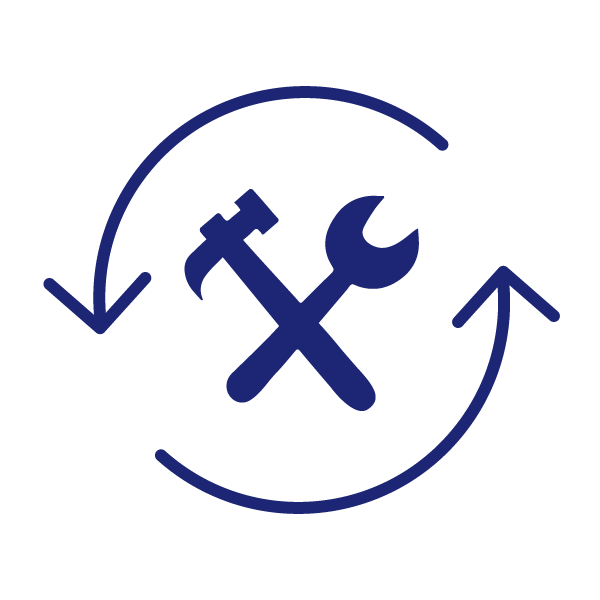 |
7. Setup and/or transfer utilitiesYou want to make sure you have heat, light and electricity when you move into your new home, so setting up your utilities in advance is a must-do. Giving utility companies some lead time is advisable – a week or two notice is a good rule of thumb. Generally, workers don’t need to enter the home in order to set up or transfer services, so you can arrange to have service before you walk through the door of your new home. Tip: If your services can be transferred from your old property to your new one, you could save money on connection fees. Be sure to contact your current providers first to see what can be transferred. If your services can’t come with you, you’ll need to cancel them – ideally this is a call to make more than 5 days in advance of your move. |
8. Explore home warranty options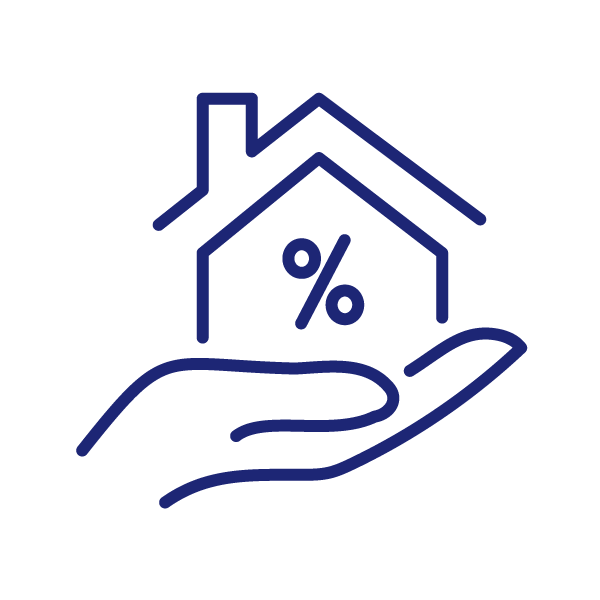 |
8. Explore home warranty optionsRepairs are an inevitable part of owning a home. Appliances can leak, furnaces can break down in the middle of winter and plumbing emergencies can happen when you least expect them. A home warranty can help cover the costs of expensive repairs, parts replacements, labour expenses and more. The MCAP Home Service Plan offers a variety of services, depending on your province of residence. And, a complimentary membership is available for eligible new MCAP mortgages and refinances. |
9. Review your insurance coverage |
9. Review your insurance coverageYour home is likely the largest purchase you’ll ever make and it’s an investment worth protecting. Home insurance is generally a requirement when you get a mortgage, so before you move, it’s important to connect with an insurance provider to ensure you have sufficient financial protection against unforeseen loss or damage to your home and personal belongings. Home insurance also provides liability protection, which protects you and members of your household against claims that could result from someone injuring themselves on your property. Home Mortgage Protection: Mortgage Life & Disability Insurance is another form of financial protection that can help cover your mortgage payments should the unexpected happen. Offering coverage for illness or injury, as well as life coverage, Home Mortgage Protection: Mortgage Life & Disability Insurance can protect you, your home and your family in the case of a life-altering event. |
10. Get to know the neighbourhood |
10. Get to know the neighbourhoodMeeting your neighbours is easier to do when you first move in and can set you off on the right foot in your new community. When you know your neighbours, you have a network of people who will watch out for your home when you’re away and help out in times of need. Try making a point of introducing yourself when you run into a new neighbour or while outside on the weekend! You’ll also start to feel at home faster if you explore the streets, parks, community centres, shops and restaurants in the area. Check out what’s around and take part in local events when they come up so you truly feel part of the community. |
While there is a lot to do after buying a house in Canada, moving to a new home is exciting and a lot of fun once you start to get settled. Need some help setting up your new home? Check out the MCAP Blog for tips and resources that can simplify homeownership today and down the road.




